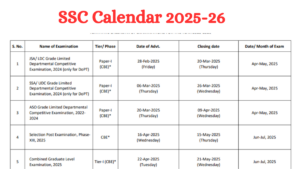Q1. Identify the function which the following piece of code performs?
public void func(Tree root)
{
System.out.println(root.data());
func(root.left());
func(root.right());
}
(a) Preorder traversal
(b) Inorder traversal
(c) Postorder traversal
(d) Level order traversal
(e) Outorder traversal
Q2. The page table contains:
(a) base address of each page in physical memory
(b) page offset
(c) page size
(d) page bit
(e) data of each page
Q3. TELNET, FTP, SMTP, Protocols fall in the following layer of OSI reference model.
(a) Transport Layer
(b) Internet Layer
(c) Network Layer
(d) Application Layer
(e) Presentation Layer
Q4. The advantage of dynamic loading is that:
(a) A used routine is used multiple times
(b) An unused routine is never loaded
(c) CPU utilization increases
(d) All of the mentioned
(e) None of the mentioned
Q5. A memory buffer used to accommodate a speed differential is called _______.
(a) stack pointer
(b) cache
(c) accumulator
(d) disk buffer
(e) fragment
Q6. Which of the following is not a guided transmission line?
(a) Twisted Pair
(b) Coaxial Cable
(c) Optical Fiber
(d) Laser Beam
(e) Both (a) and (b)
Q7. What is the best-case complexity in building a heap?
(a) O(nlogn)
(b) O(n2)
(c) O(n*longn *logn)
(d) O(n)
(e) O(n*m)
Q8. The base register is also known as the:
(a) basic register
(b) regular register
(c) index register
(d) deallocation register
(e) memory address register
Q9. Suppose a binary tree is constructed with n nodes, such that each node has exactly either zero or two children. The maximum height of the tree will be?
(a)(n+1)/2
(b)(n-1)/2
(c)n/2 -1
(d)(n+1)/2 -1
(e) n
Q10. Which layer is responsible for process to process delivery?
(a) network layer
(b) transport layer
(c) session layer
(d) data link layer
(e) application layer




 The Hindu Review October 2022: Download ...
The Hindu Review October 2022: Download ...
 SSC Calendar 2025 Out, Check SSC CGL, GD...
SSC Calendar 2025 Out, Check SSC CGL, GD...
 IBPS PO Link Activated for Uploading Doc...
IBPS PO Link Activated for Uploading Doc...




